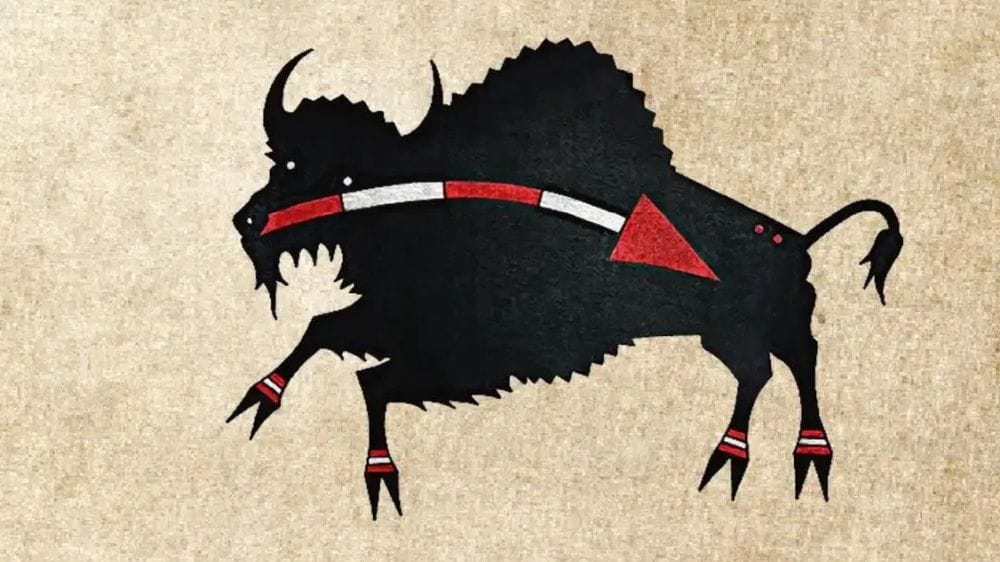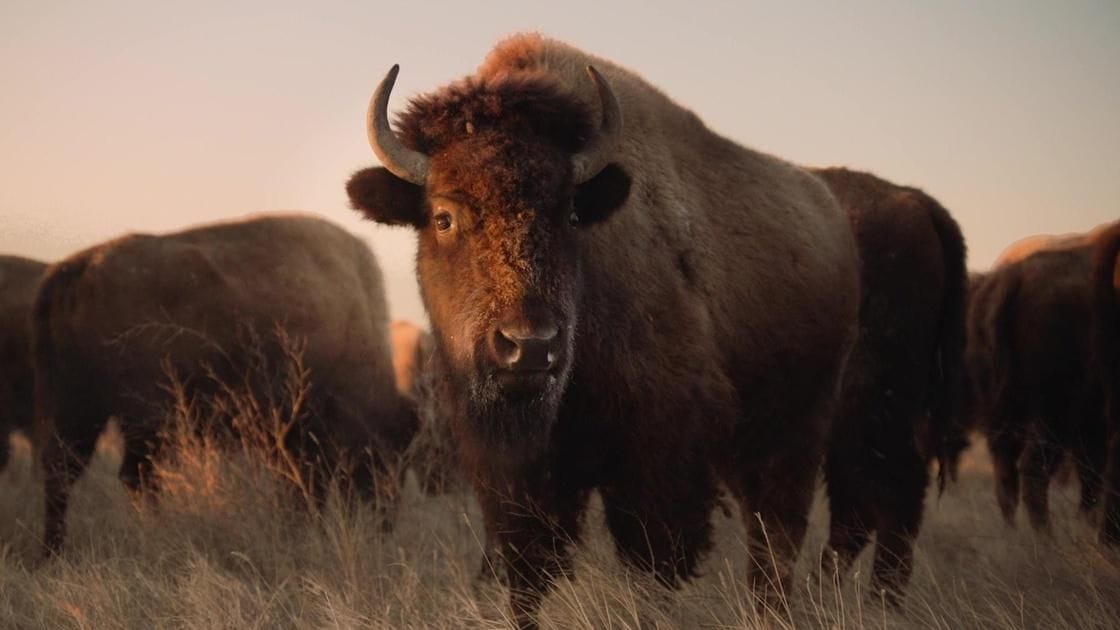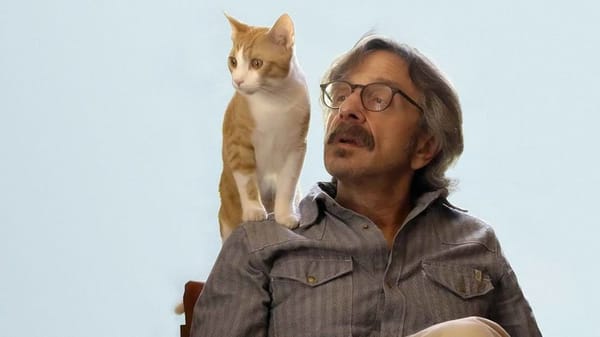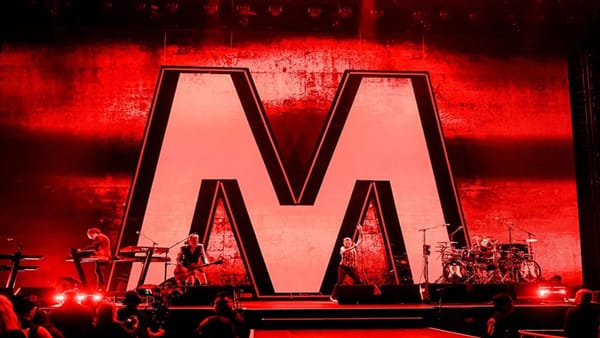The American Buffalo (dir. Ken Burns)

Being confined to the couch is as good of a reason as any to sit down (or lie down in this instance) and watch four hours of Ken Burns teaching us about buffalo. It is what any normal human being would do, I assume. For Burns, four-hours is proportionally quite brief; for others, it's an eternity. Nevertheless, the soothing voice of Peter Coyote over images of graceful animals was a lovely way to spend a late afternoon and evening while popping painkillers and taking naps.
Of course, as is standard practice for Burns, The American Buffalo isn’t just about buffalo. It’s a story of genocide. It's a story of ecological tragedy. It’s a story of capitalism and greed. It’s a story of the United States of America, baby. The 71-year-old has spent his entire career doing this. Sometimes in more modest mid-length films like The Statue of Liberty and Brooklyn Bridge—his two Oscar nominations and perfect entry points into his style for those who aren’t sure about starting the, for example, 680 minutes of The Civil War. More commonly, though, are indeed those sprawling multi-part series (he has 17 Emmy nominations from 1986 onwards). The Vietnam War, country music, baseball, prohibition. America! When he decides to retire, we will have been so lucky to have had him as one of the defining chroniclers and storytellers of American existence. And as if to underline the point, it’s always kind of nifty to see eras and subjects from earlier Burns titles overlap with newer ones. Like here, where the story of the bison begins to intersect with that of “America’s Best Idea”, The National Parks—my personal favourite work of his. It’s the Ken Burns Cinematic Universe. They’re all connected. They're all America (look, I'm not saying it's subtle!).
Not one to gussy his projects up in mystery, his 2023 PBS series The American Buffalo is indeed about “America’s mammal”. The bison bison in latin. It’s the story of how the continent’s First Nations people lived with buffalo in a symbiotic relationship on the land. The animal provided meat, protective hides, medicine and so much more. There were millions of them roaming the plains and grasslands of what later became known as America. Of course, if you know anything about history then you’re probably already off to the good start with understanding where The American Buffalo goes over its near 240-minutes. There is majesty and a wholesome wonder of the world around us. If that’s all you wanted then, look, there is plenty of it. But there is also exploitation and seemingly unlimited depths of human indifference and cruelty. There’s American Exceptionalism gone awry. There’s racism. In fact, it’s pretty much always a guessing game of just when will eugenics beliefs of the rich and powerful make its way into Burns’ stories and lo and behold…

As always, Burns uses paintings, photographs, illustrations and the written word from across history to tell the story. As well as Peter Coyote’s narration, the voices of Paul Giamatti, Hope Davis, Michael Horse, Jeff Daniels, Derek Jacobi and more portray voice-only people throughout history. It’s always a remarkably achievement that his projects rarely feel like homework despite being very straightforward and educational in their mode of storytelling. The miracle of Burns’ work is that he is given the time and the patience to traverse history. They aren’t just a chapter of an encyclopaedia, but something closer to a guided tour told with trademark thoroughness. I feel smarter for having watched them, but not stupider for having not known it in the first place. Honestly, a rare feat.
The American Buffalo is rich and dense, and only occasionally lapses into being too stately for its own good. Burns folds us through time and somehow walks that tightrope of being honest about America’s failings—in this case the “decades long frenzy of slaughter” under the guise of Manifest Destiny and the subjugation of Native Americans for financial and racial supremacist means—while still having that sort of wide-eyed enthusiasm that it can be very easy to lose sight of.
Always keen to put the experiences of non-white minorities at the forefront, The American Buffalo is layered with much meat on its bones. For most, a movie about an animal like this would be little more than a standard nature documentary. Instead, Burns has produced a stark reminder of the western world’s foibles and its successes (even if those successes are sometimes born out of humanity’s worst impulses). As a viewer, one might find themselves gravitating towards one story or another with more prevalence. One, that of Kiowa leader Quanah Parker, is so interesting that I’m surprised (and yet not at all if you know what I mean) that it has never been made into a narrative feature all its own. But across its four hours, it holds an irresistible allure. I could have watched several more hours to be perfectly honest.
If you would like to support documentary and non-fiction film criticism, please consider donating by clicking the above link. Any help allows me to continue to do this, supports independent writing that is free of Artificial Intelligence, and is done purely for the love of it.



